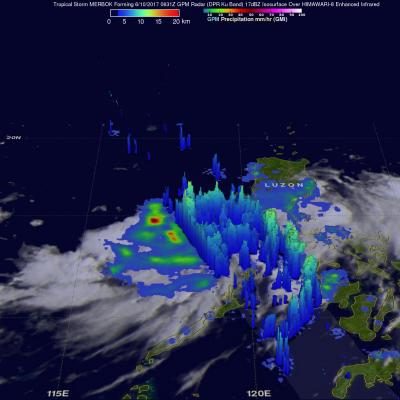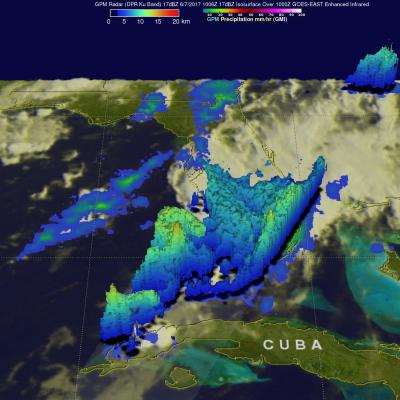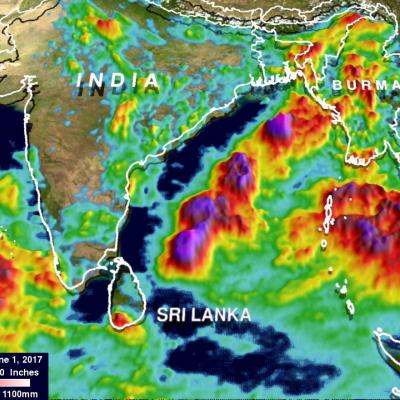June 15 GPM NRT outage: 14:15 UTC to 15:15 UTC
Date of Event: 15 June 2017 Start Time of Event: 13:15 UTC Schedule stop time: 14:15 UTC GSFC networking personnel will be replacing network equipment that will directly impact GPM MOC, both its connection to PPS AND, more significantly, its connection to White Sands (WSC) which is the download location for GPM data. Since this replacement will provided needed increase in network throughput capacity, the update is required. During the outage, PPS SDPS (tnitta) will receive NO GPM DATA. While only an hour is currently planned for the outage as with any network modifications, changes might take




